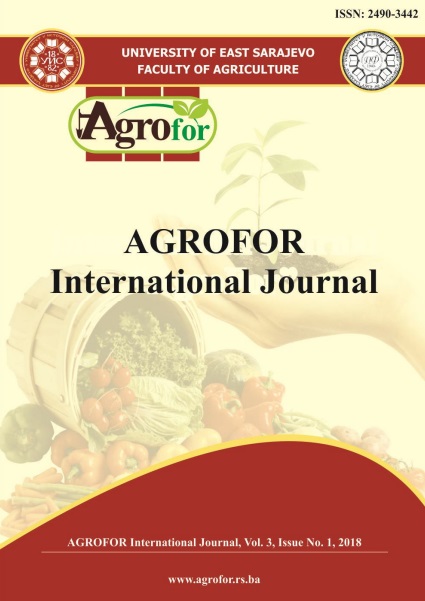COMMUNAL LANDS AND RURAL DEVELOPMENT IN THE NORTHWESTERN IBERIAN PENINSULA
DOI:
https://doi.org/10.7251/AGRENG1801076LAbstract
Communal lands occupy about one million hectares in the northwest Iberian
Peninsula with high average areas (500 hectares in Portugal and 200 in Galicia).
The region is among the poorest in the European Union with a notably lower gross
domestic product in comparison with the most developed regions of Europe. Over
centuries, ‘Baldios’ in Portugal and ‘Montes Veciñais en Man Común’ (MVMC) in
Galicia played an essential role in the rural economy of their owner’s communities.
They were mainly used in forestry, but several reasons resulted in a current subutilization
of them. This role was lost during the twentieth century due to great
reforestation and a decline in agriculture prominence. The restoration of
democratic regimes returned Baldios and MVMC to their owners, now declining,
aging and disorganized. Taking into account the extension of these lands and their
average size, this paper looks into the main historical determinants of the commons
existence and tries to illustrate their present-day with reference to the collective
action problem; features related to the commoners’ (‘veciños’ and ‘compartes’)
characteristics and to the way they use their lands are analysed. Both Galician and
Portuguese realities exhibit similarities and complementary benefits requiring
social innovation to make better use of rural resilience. Communal lands and smallscale
business initiatives could support the network of the local produce markets
with attractive values, and also the conservation of the biodiversity. These data are
discussed focusing at the human and natural resources.

